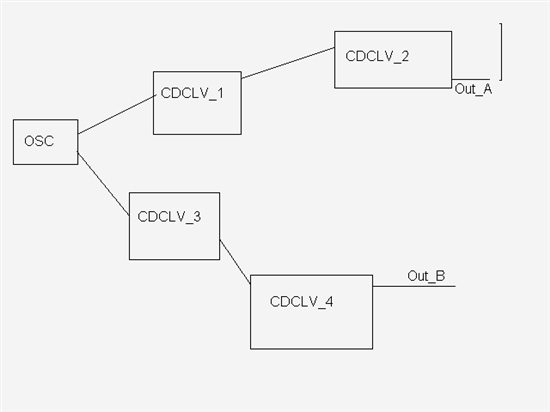The CDCLVP1204 datasheet give values for Part-to-part skew Tsk,PP and Output skew Tsk,O and later defines them in the data sheet in timing diagram figure.
It also gives value for Pulse skew Tsk,P and calls it Crossing-point-to-crossing-point-distortion but does not define further it in the data sheet.
What exactly is Tsk,P and how does it relate to Tsk,O? Are the two additive?

Thanks, Al...


